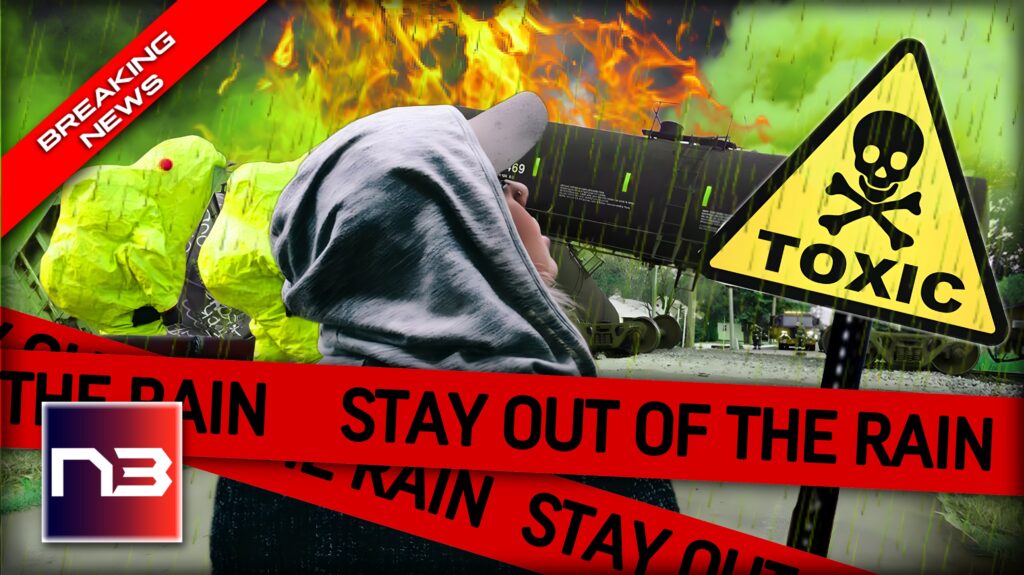Reports of rain “eating people’s skin” seems ghoulish and almost too far-fetched, yet with the recent train derailment in East Palestine, Ohio apparently being tied to flesh-eating acid rain in Nebraska—it poses a concerning thought for North Americans. Catastrophe has crashed into our lives once more, with an unidentified woman seen on camera warning others to stay out of the rain at all costs. But does her claim hold water?
On February 3, a freight train derailment near East Palestine, Ohio left five tanker cars of vinyl chloride exposed and with the potential to explode. To prevent disaster, Norfolk Southern Railroad burned the vinyl chloride and released it into the air. There is always an environmental cost with burning such materials; phosgene and hydrogen chloride, both hazardous compounds, were released into the atmosphere. This has caused some Ohio residents to voice their concerns regarding acid rain.
But what exactly is “Acid Rain,” and has the train derailment triggered it?
Acid rain is a type of precipitation which contains acidic compounds, such as sulfuric or nitric acid.
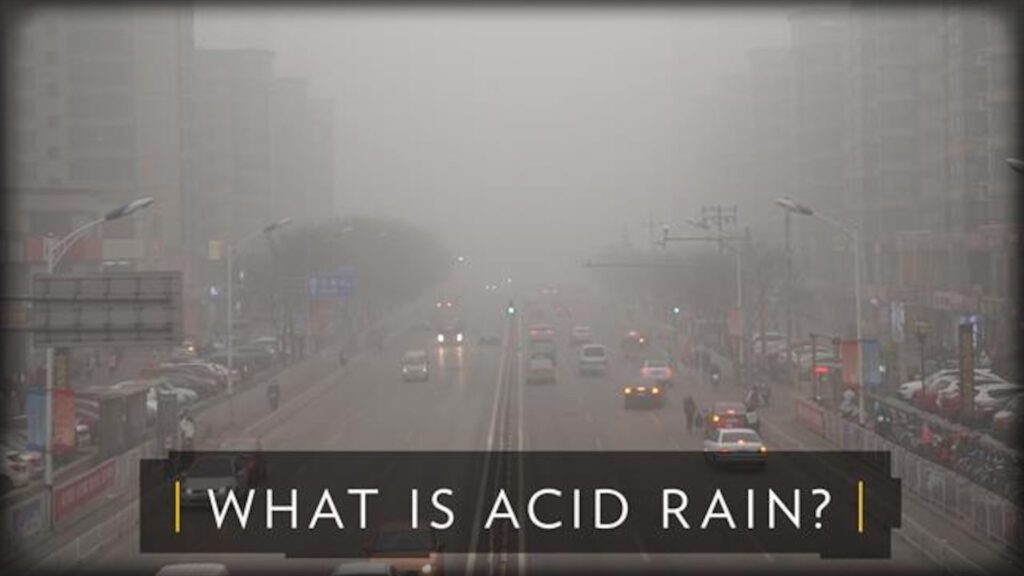

This happens when air pollutants like sulfur dioxide and nitrogen oxides react with water, oxygen and other chemicals in the atmosphere, and are then carried by wind and currents to mix with water before falling as rain, snow, fog or even dust. These acidic compounds can have dangerous effects on both humans and their environment – from breathing difficulties and degradation of structures to soil damage and depletion of wildlife habitats.
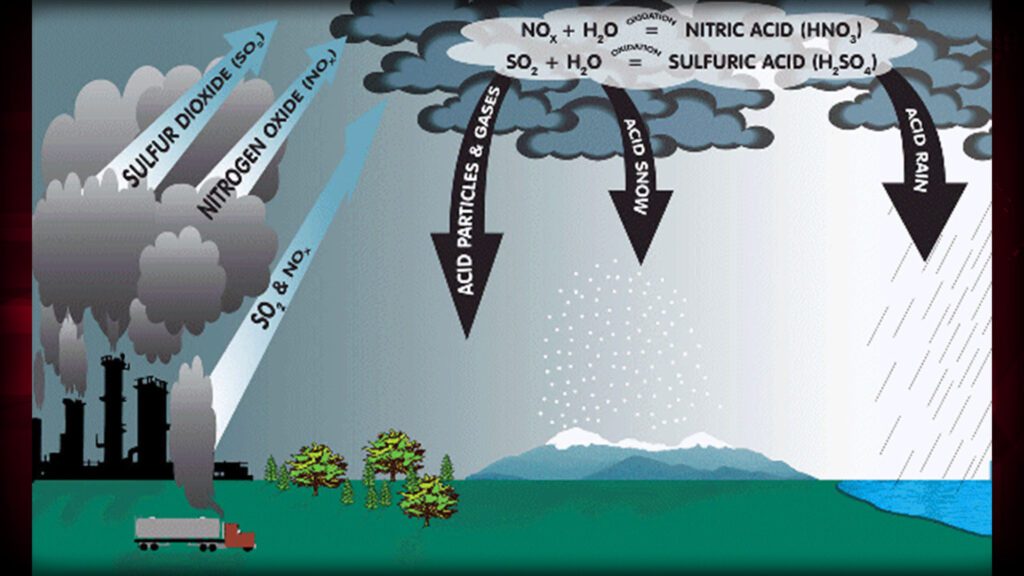

On February 13, a Facebook post of a tweet from user “robpertray” went viral and was shared over 100 times. The tweet declared the Ohio train derailment on Feb. 3, resulted in a death plume of hydrochloric acid raining down on Ohioans. The tweet claims that Norfolk Southern misleadingly classified a “bomb train” carrying vinyl chloride as non-hazardous to save money and bypass regulations. This allegation instantly resonated with people, evidenced by the original tweet quickly garnering more than 100,000 likes.
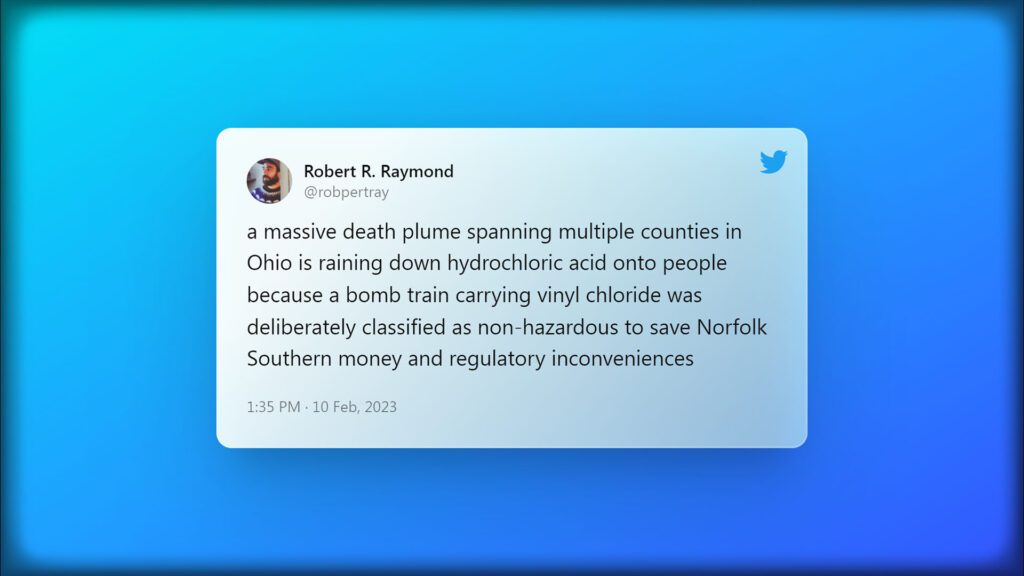

So what do we know about the plume of hydrochloric acid?
The vinyl chloride released by the five tankers in the derailment breaks down into hydrochloric acid, a component of acid rain.
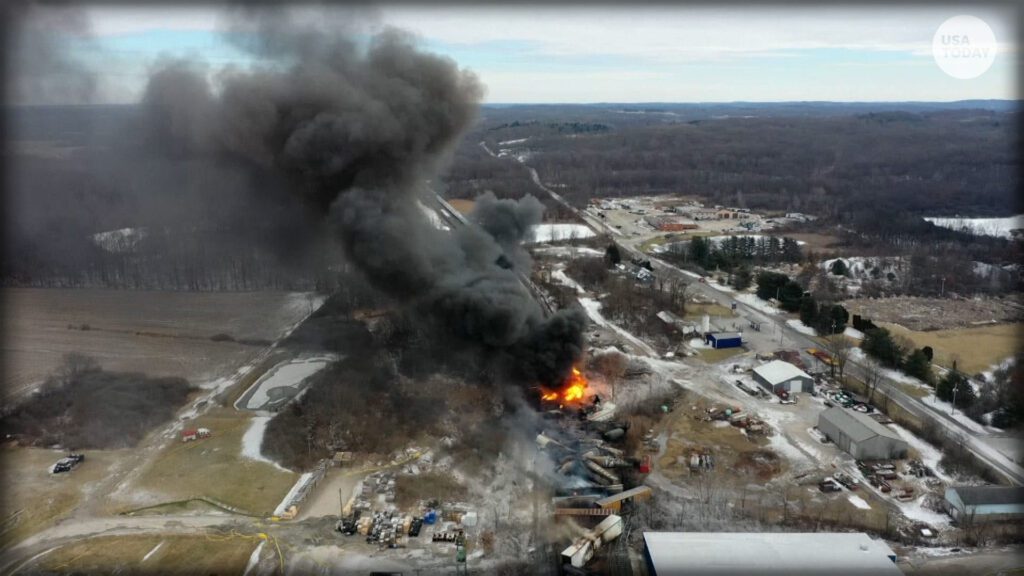

This hydrochloric acid, which can cause severe chemical burns and blindness, is a direct result of the flammable gas that was released in order to avoid a major explosion.
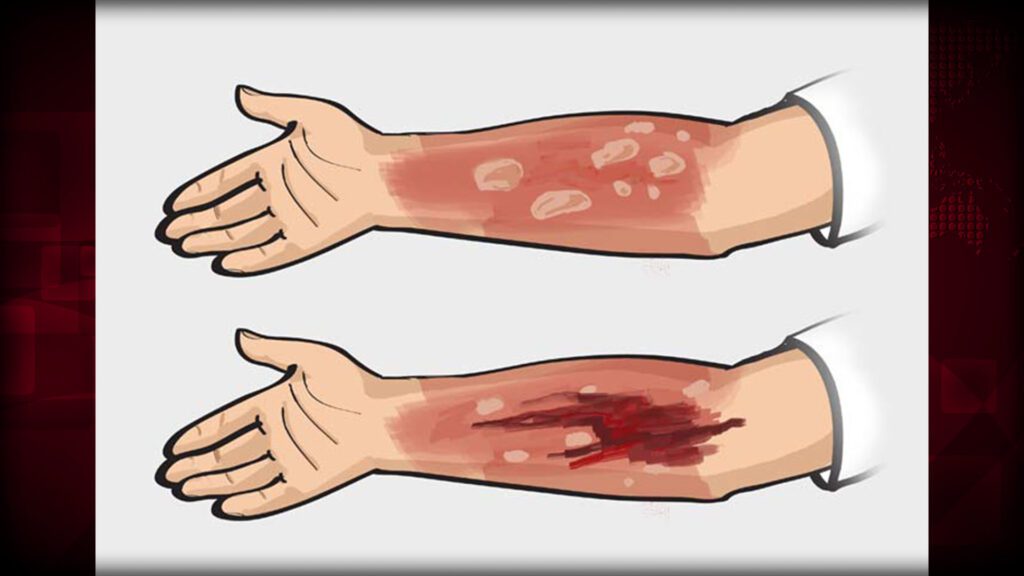

A further effect of this breach is the release of hydrogen chloride and phosgene gas that can irritate the eyes, skin and nose.


The Virginia Department of Health warns about these harmful health effects and environmental consequences due to an increased risk of liver cancer associated with vinyl chloride.


However James Lee, a spokesperson for the Ohio Environmental Protection Agency told USA Today there has been no hydrochloric acid rain in Ohio.
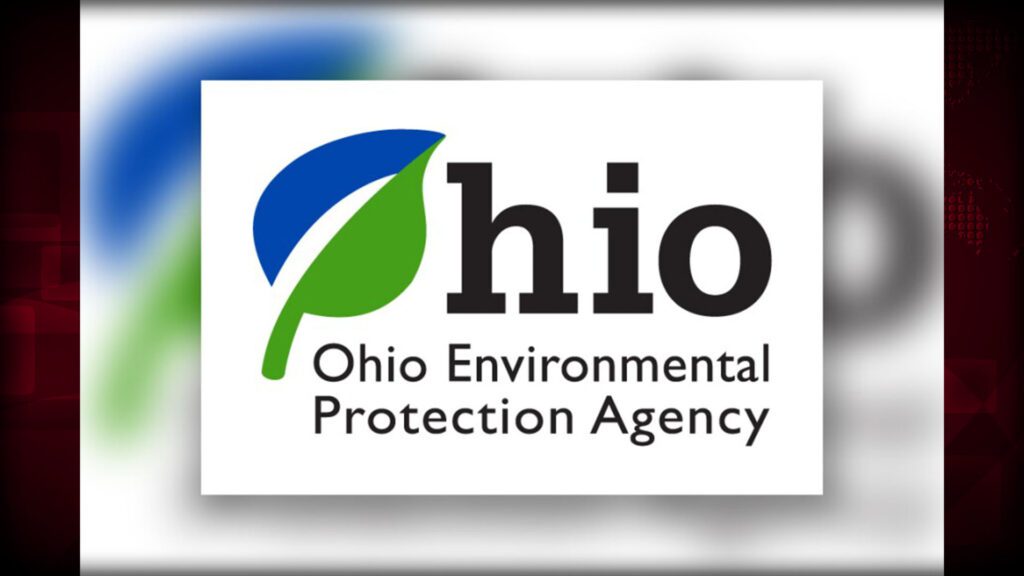

But could the plume have affected Nebraska leading to rain “eating people’s skin”?


Nebraska is 900 miles East of the derailment site so given weather patterns the probability that rain falling containing remnants of the train derailment chemicals is ZERO, that is according to University of Nebraska-Lincoln climatologist Al Dutcher.
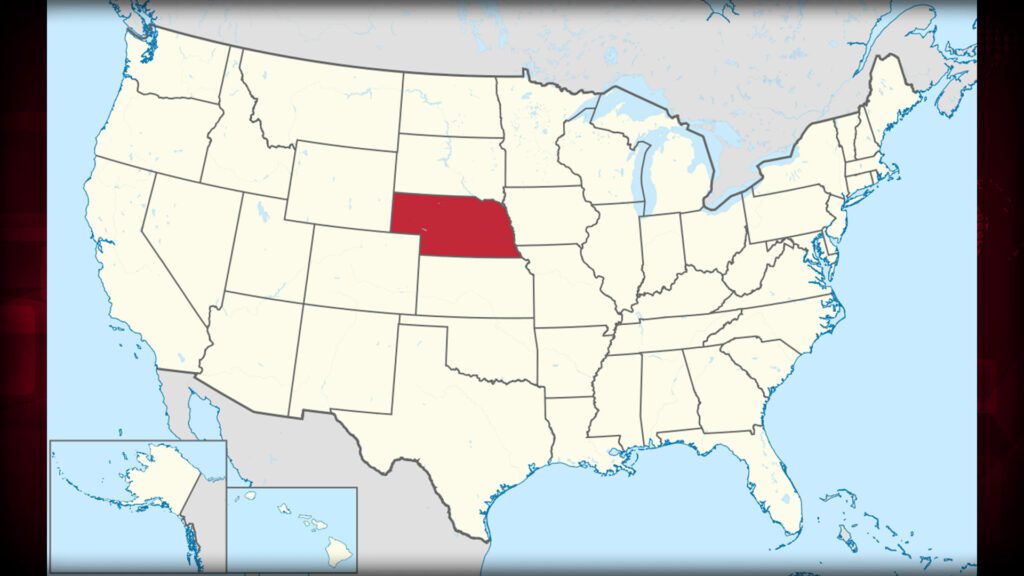

On February 21, 2023, NOAA public affairs specialist John Moore, a meteorologist, told Marlo Lee a fact checker, it has no information about “flesh-eating rain” in Nebraska.


But what the fact checker failed to check is that there is a town north east of East Palestine, Ohio called “NEBRASKA” in Pennsylvania and that could be where the woman was referring to in the video.
Given the proximity of Nebraska, Pennsylvania it’s plausible that weather patterns could carry rain containing remnants of the train derailment chemicals there.


At this time, there have yet to be any reports that indicate acid rain is falling in or near East Palestine, Ohio. However, the appearance of an unidentified woman warning others to stay out of the rain at all costs seemed strangely foreboding and has led some experts and officials to take a closer look at the underlying area. Peter DeCarlo, an associated professor at Johns Hopkins University, reported no significant presence of a giant plume of hydrochloric acid or acid rain present within the evacuation area at this time. James Justice of the U.S. Environmental Protection Agency further informed the Associated Press that testing done both inside and outside the evacuation zone had revealed air levels had since returned to normal by Sunday afternoon. While reports of this seemingly skin-dissolving rain remain baseless at this time, it does give us pause for future environmental catastrophes like this one.
Let’s continue this conversation, in the comments below.
